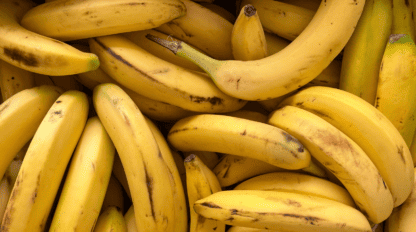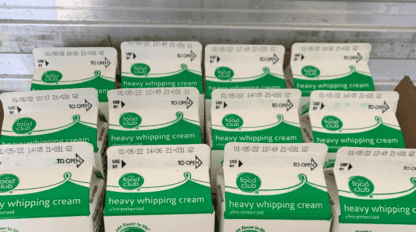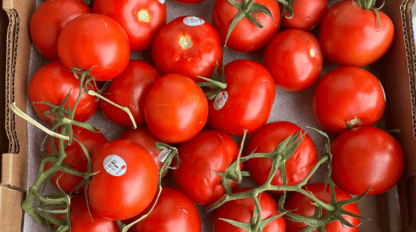Why is there food available to be recovered?
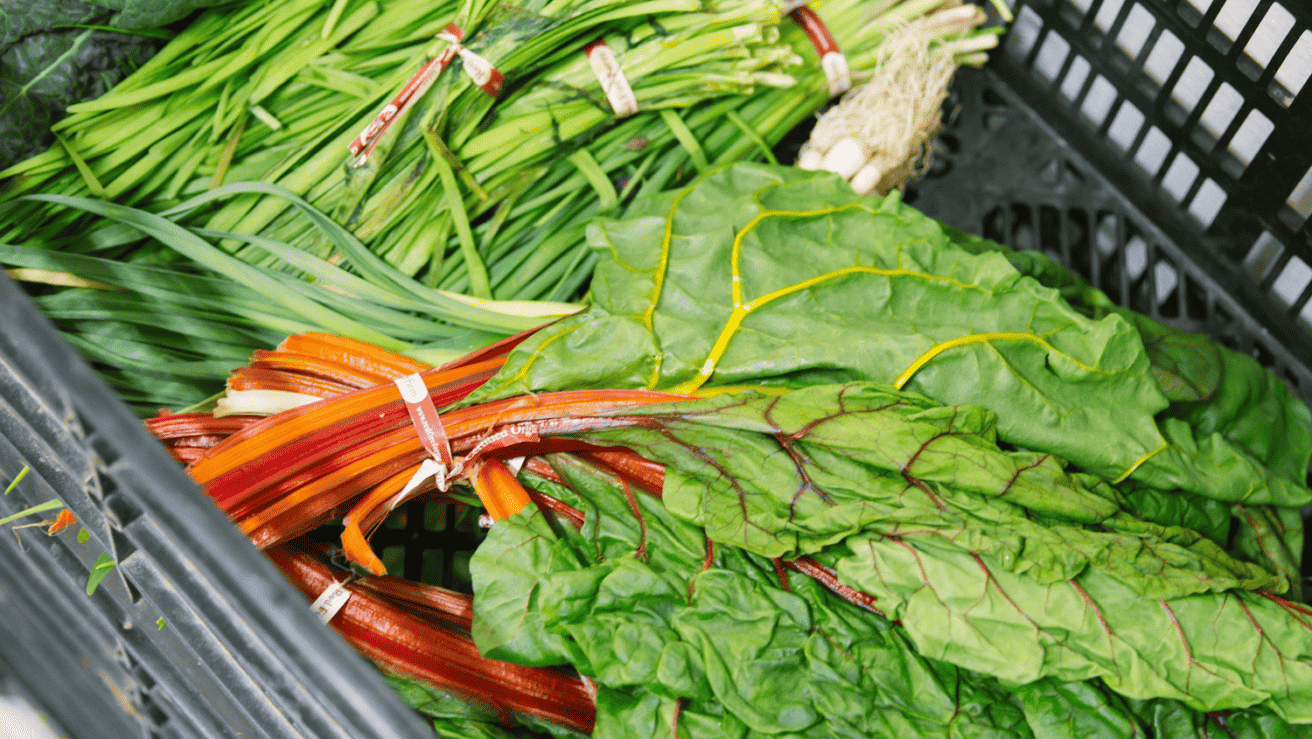
The challenges with our food system are many: from unsustainable farming practices, to inequitable distribution of food resources, to issues of food access, to the way food insecurity disproportionally impacts BIPOC communities. And then there’s wasted food. Fact: About a third of all available food in the United States goes unsold or uneaten.
This is where we at Spoonfuls see a big opportunity! Spoonfuls recovers food from grocery stores, produce wholesalers, farms, and farmers’ markets where it would otherwise be discarded, and we distribute it, same day, to nonprofits serving people facing food insecurity across Massachusetts. By getting that food from where it is to programs and people who need it before it goes to waste, we work to improve access to healthy food.
But why is this food available to be recovered in the first place? Here’s what we know:

Very often, it’s excess.
Consumer demand for the very latest thing means that grocery stores often order to keep shelves full and ensure that what’s on them is new! Sometimes, food is “made fresh daily,” and – when the day is done – the food is replaced. When stores replenish their stock, we work to ensure that what’s coming off the shelves makes its way to someone who can use it.
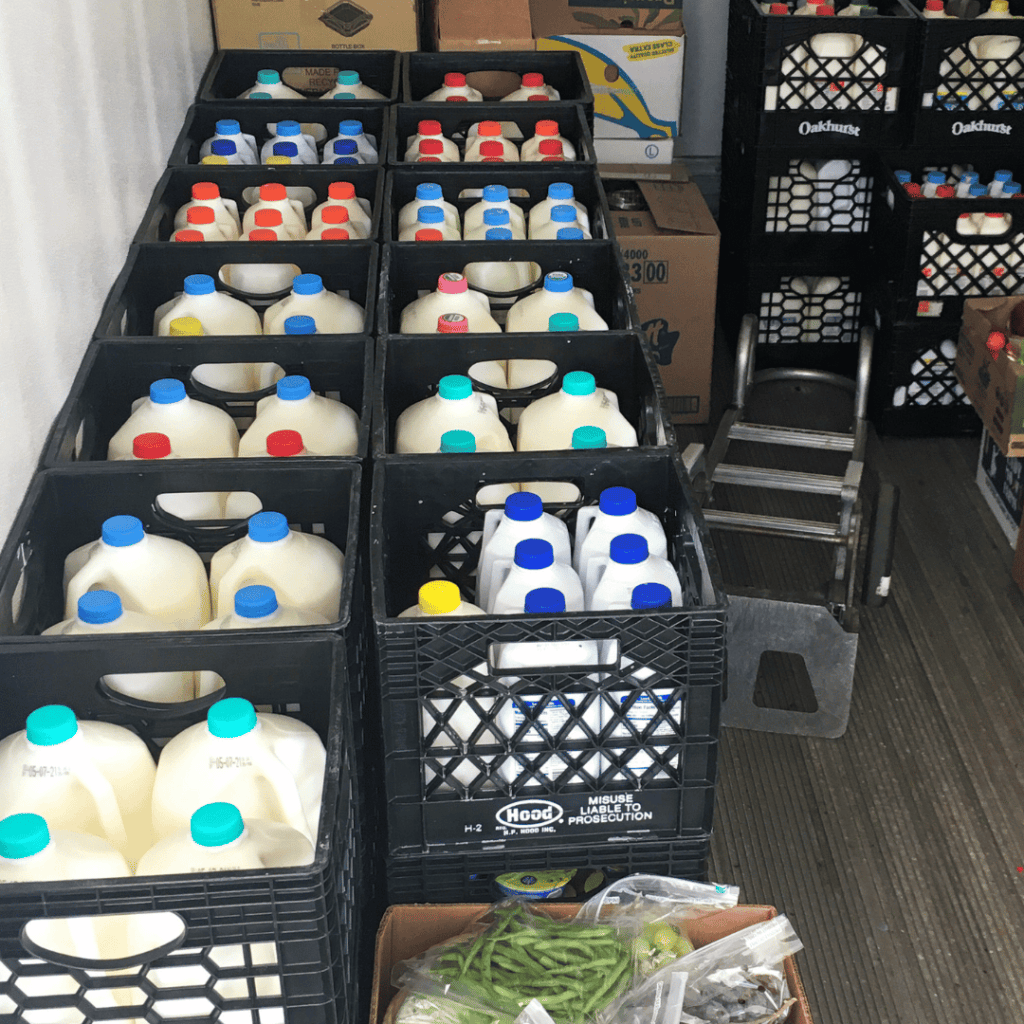
Food is coming up on its best-by or sell-by date.
Again, consumer demand (and lots of misunderstanding about what date labels actually mean) drives stores to scrap products that are approaching the date on their label. Most of the time, though, that food is still perfectly edible. More about that here.

There’s been a manufacturing mistake.
Stores have requirements about how products need to show up on their shelves because…well, so many of us consumers are choosy. Sometimes, it’s for good reason! We ought to be able to tell what’s in our food. (That’s especially true when we’re talking about culturally-relevant food, food allergies, and dietary restrictions.) But what if the issue wasn’t, say, a missing label, but a label that was right there – just upside down? Or what if, instead of being packaged with a red cap it was packaged with a purple one? These are two, real-life examples, of times when manufacturing mistakes meant perfectly good food was up for grabs by Spoonfuls’ on the road staff. Our team was able to intercept this food that stores couldn’t shelf and provide it to local food programs (like neighborhood pantries and shelters) instead.

There was a distribution error.
This goes to “excess.” Sometimes – more times than you might imagine! – a truck shows up at a grocery store with the wrong product. Think: Granny Smith apples when the store was expecting Pink Ladies. Or: Cereal destined for a Whole Foods Market winds up at a Trader Joe’s. These are errors that work in favor of food recovery!

A product is deemed otherwise “unsaleable.”
Maybe it’s a fruit or veggie that is slightly bruised or misshapen. Perhaps it’s packaging that is slightly bent or dented. While it might not sell, when food is still safe to eat (to say nothing for still tasty and nutritious), we work to keep it from going to waste.
